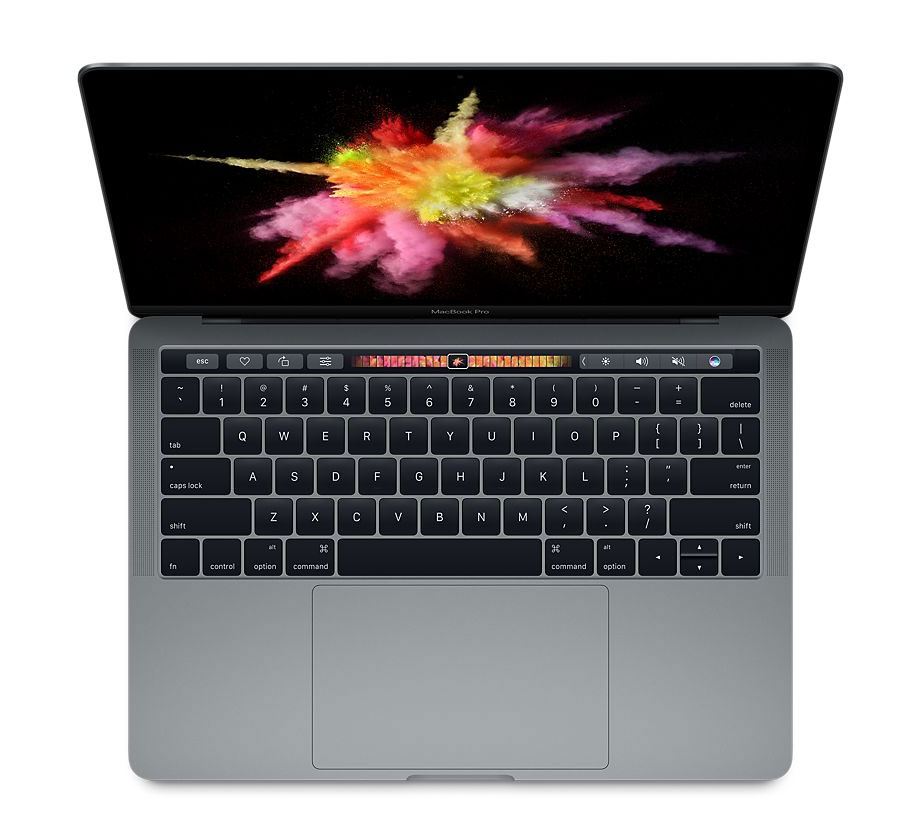
MacBook Pro 2017 Benchmarks: Bitter Truth Revealed
The first thing that tech savvy consumers do when they get their hands on a new device is to run benchmarks to see what the new machine can do, and what it can’t do, which is even more critical. Benchmarks are special testing programs that push the tested device beyond its limits and evaluate the performance in the process. Some benchmarks test CPUs, others test the GPU, or both. Most benchmarks test the overall performance of the system, its speed and condition.
Rob-ART Morgan, mad scientist from barefeats.com, decided to compare the benchmarks of the 13-inch MacBook Pro 2017 and the iPad Pro of 2017 and 2016. He also added the 13-inch MacBook Pro of 2016 for good measure.
SPECIFICATIONS OF THE TESTED MACHINES
The tested machines have the following specifications:
- 2017 MacBook Retina 13-inch: 3.5GHz Dual-Core i7 processor, Intel Iris Plus Graphics 650 GPU, 16G of
- 2133 MHz LPDDR3 memory, 1TB PCIe based flash storage.
- 2016 MacBook Retina 13-inch: 3.1GHz Dual-Core i7 processor, Intel Iris Graphics 550 GPU, 16G of
- 2133 MHz LPDDR3 memory, 1TB PCIe based flash storage.
- 2017 iPad Pro 12.9 inch (iPad7,2): 2.39GHz A10X processor, 512GB flash storage, 4G of memory.
- 2017 iPad Pro 9.7 inch (iPad7,4): 2.39GHz A10X processor, 512GB flash storage, 4G of memory.
- 2015 iPad Pro 12.9 inch (iPad6,8): 2.26GHz A9X processor, 128GB flash storage, 4G of memory.
- 2016 iPad Pro 9.7 inch (iPad6,4): 2.24GHz A9X, 256GB flash storage, 2G of memory.
TESTS CONDUCTED
He ran a number of benchmarks to stress test the CPU and GPU, imitating the loads these machines can experience in calculations, multimedia performance, and gaming. If you follow the link above, you can see the results of the tests in diagrams.
You’ll be shocked to see that not only do the new MacBook Pro and last year’s model run neck and neck, but the iPad Pro tablets show a much better performance in graphics. Mainly, in FPS, or frames-per-second value. The only benchmark the MacBook Pro 2017 takes the upper hand in is the multi-core CPU performance (and here it wins tooth and nail). This is to be expected considering the generation of the Intel CPU installed.
THE BITTER REALITY: MACBOOK PRO PERFORMS BADLY
Why does the Apple laptop, that costs three times more than the iPad Pro, performs so badly? The sad truth about laptops, even those engineered by guys from Cupertino, is that they’re too hot. They’re too slim which doesn’t allow much space for the air to circulate. You see, the greatest challenge of modern processors is heat. The more cores a CPU features, the more heat it emanates. I hope, you’ve read our article CPU for Dummies, and can grasp the general concept.
In a nutshell, a CPU is an office and its transistors are clerks that work day and night. A mobile CPU is a very small, even tiny office. They sit in it elbow to elbow and more than that – they don’t have any air-conditioning. Just the old school window they can open now and then. Obviously, the cooling system takes up a lot of inner space, and though Microsoft managed to squeeze the water cooling system into the Surface hybrids, they aren’t as slim as Apple products.
A FEW REFLEXIONS ABOUT THE PERFORMANCE OF THE MACBOOK PRO
So, you either go slim or you go cold. That’s why the MacBook Pro usually features CPUs with the affix U in them, which stands for Ultra-Low Power. The less power a CPU consumes, the less heat it generates. And, if your only goal is not to overwork and get your ‘brains’ boiled, the performance will suffer.
The manufacturers try to bypass this problem by implementing a set of micro-commands to control the CPU performance. This set of commands is called microarchitecture. In other words, it’s the rules of behavior in our ‘office’. The ‘clerks’ obey the rules that dictate the speed of work under various circumstances. It doesn’t solve the problem, but it alleviates the situation in a way.
Obviously, we can say that A10X’s microarchitecture is better than that of the Intel Core i7 Kaby Lake. Really, I can’t see why Apple hasn’t started manufacturing CPUs for laptops yet.
You can also ask, what about the MacBook Pro? The 2017 model received a top-of-the art processor, surely it has outstanding performance! It does outperform the 2016 model, however, the updated Kaby Lake is all it got.
WHAT ABOUT CPU
CPU is the heat of the computer. The hard drive, motherboard, and RAM speed remained the same as the 2016 model. This is the bottleneck of the system. It’s like installing a Maserati engine into a five-year old Ford Fiesta. The car in question has too many other details to run up to the top engine: the suspension, the brakes system, etc. You’ll get no bolide; you’ll get just the Ford Fiesta with the Maserati engine.
CONCLUSIONS
While it is unlikely that anyone would swap the MacBook Pro for the iPad Pro (the latter having no comfortable keyboard and all), buying the next generation Apple laptop seems like a risky idea. On the other hand, selling the last year’s MacBook Pro is a sure-shot.
If you’re looking for the right person to sell your laptop to, we’re here! Contact iGotOffer to make a profit!

MacBook Pro 2017






Facebook
Twitter
RSS